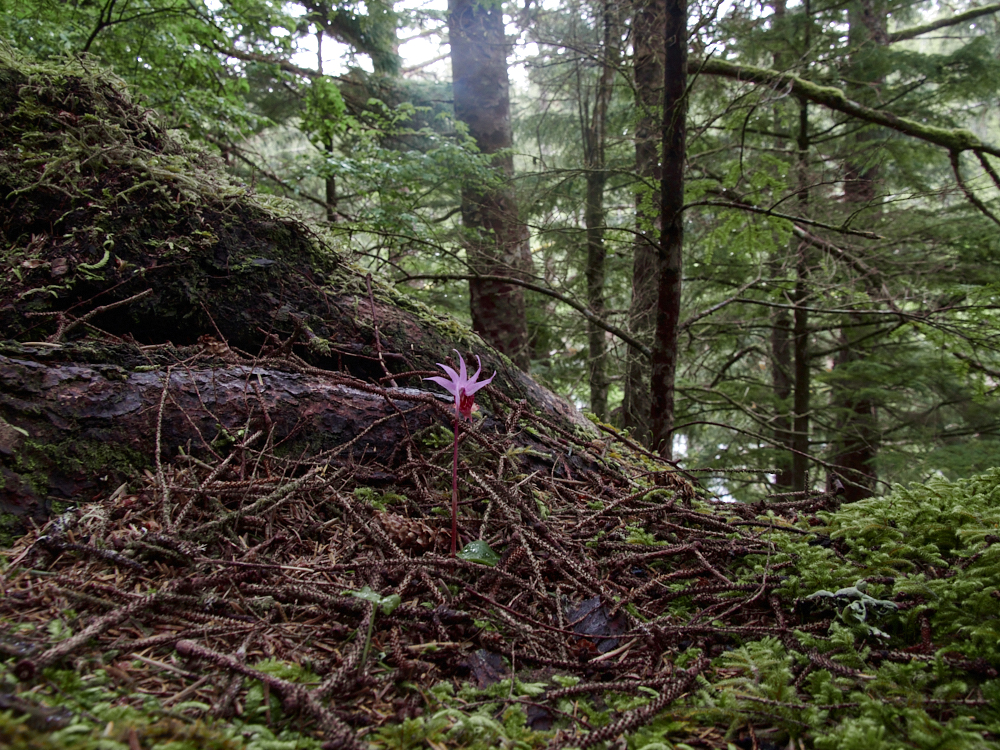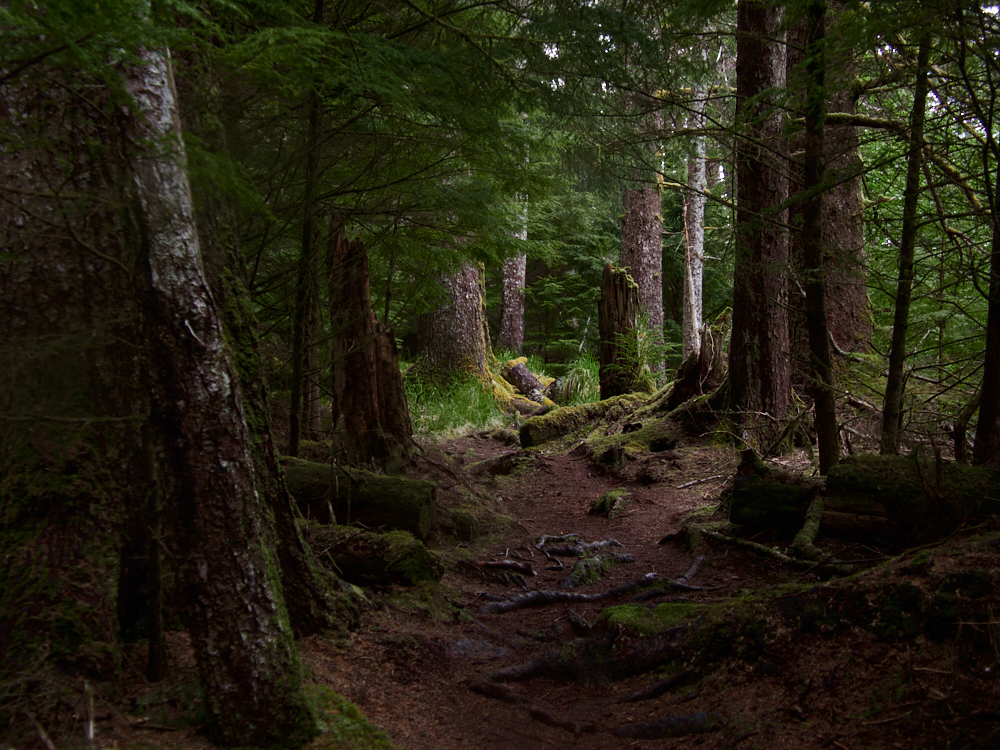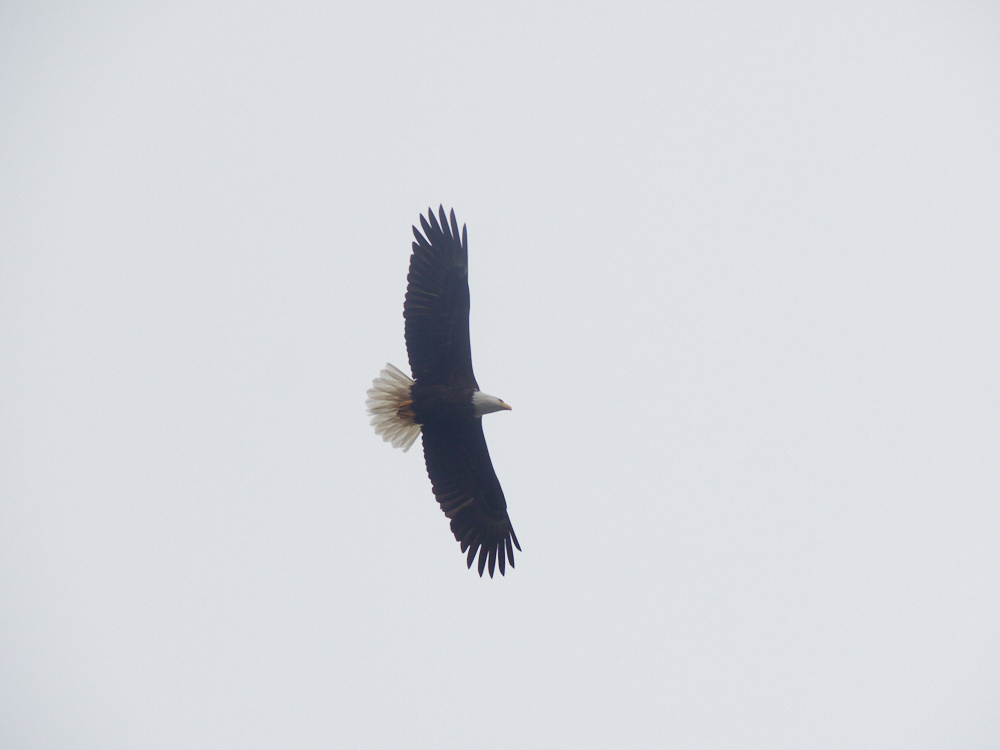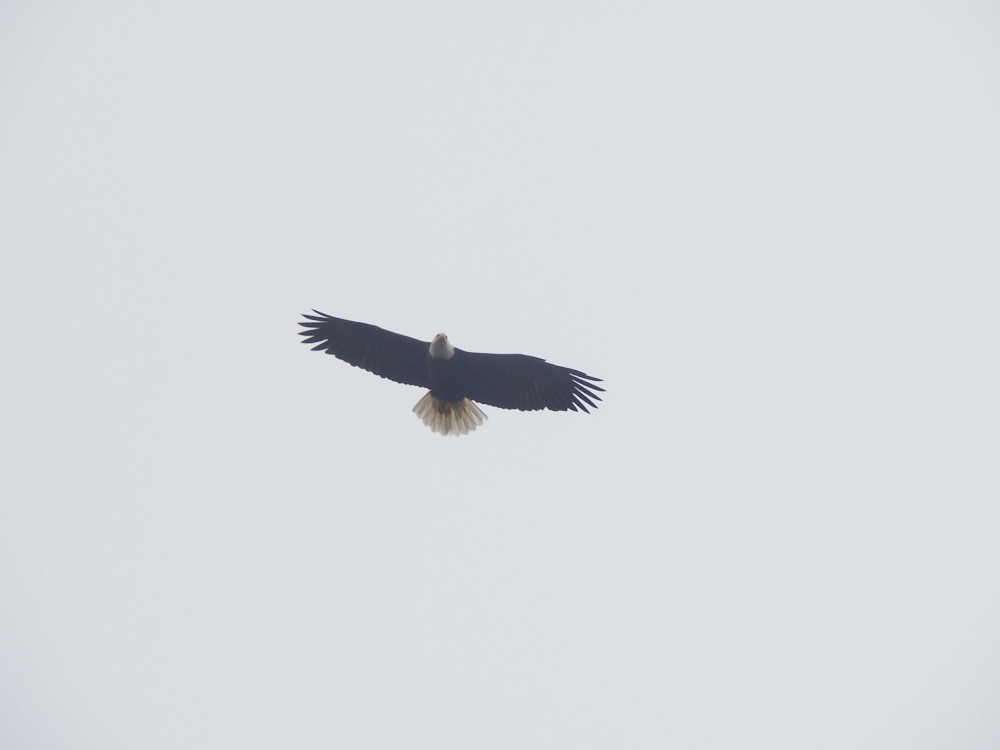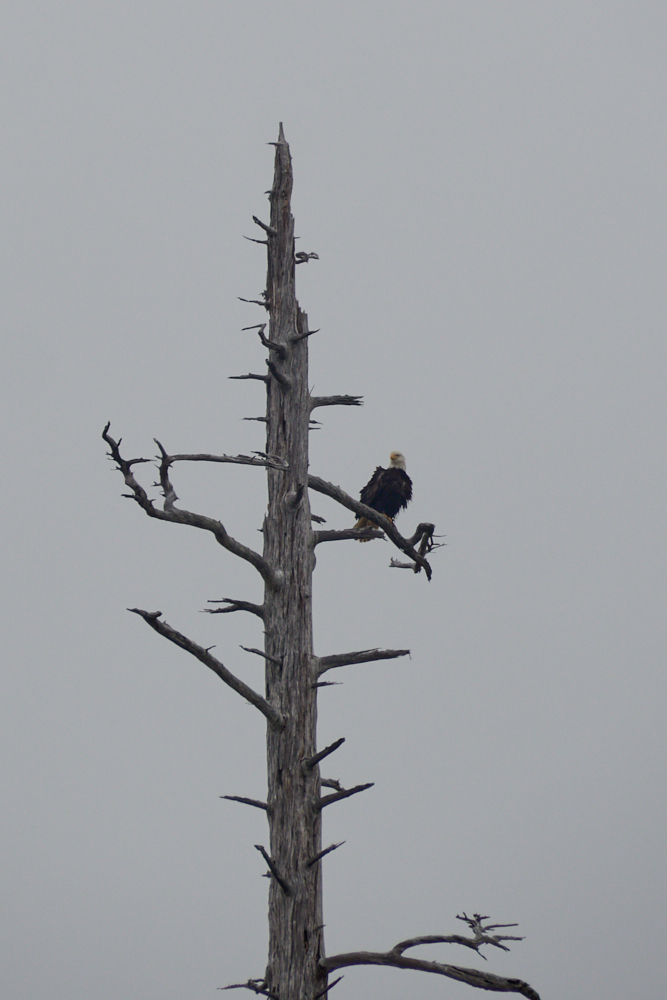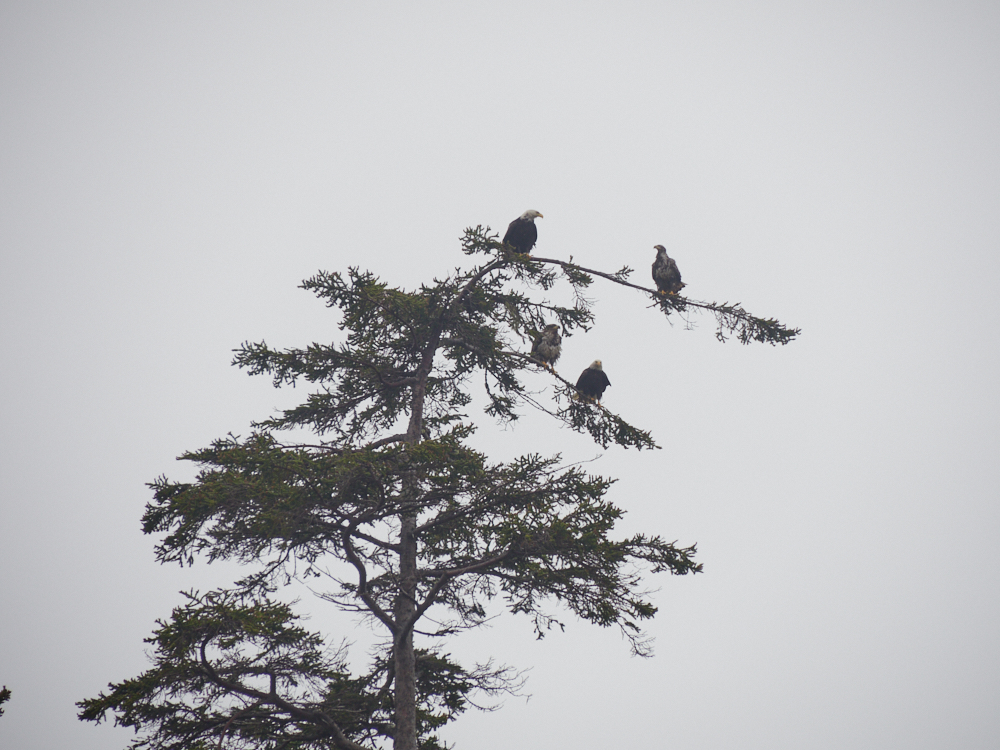The Shapes In The Sky Are Eagles
Visiting Pesuta & Port Clements
✍️ • 🕑 • Series: Towards the Beautiful Islands • Tags: shipwrecks • Naikoon Provincial Park • museums • logging • beaches • good eats • bird photography • Places: Pesuta Shipwreck • Port Clements Museum
I didn’t get to do all that much after I arrived on Graham Island, Haida Gwaii. Ferry delays made sure of that.
So, when I awoke in Misty Meadows Campground the following morning, I wanted to seize the opportunity to go do something. Do what, exactly?
I knew I wanted to explore Née Kún (Naikoon) Provincial Park. I knew I wanted to stretch my legs and experience some of the islands’ famed natural beauty.
I also knew that the nearest, popular hiking trail led to a shipwreck.
Would it be worth my while?
Table of Contents
Pesuta Shipwreck Trail
If you asked me to abstractly list Haida Gwaii’s attractions, its trails, the things you can do there, I would not have ranked this trail as something I really wanted to do or see. I probably wouldn’t have guessed that it would wind up being literally the first trail I hiked on the island.
See, I visited a similar enough shipwreck earlier in the year and found it a bit of an underwhelming sight. It was so small, and so little was left. And because it was popular, there were enough people milling about that it was a lousy photographic subject.
But hey, the day was young and the trail was so close, and I was amongst the first to embark upon the Pesuta Shipwreck Trail.
| Trail Information | ||
|---|---|---|
| Name | Pesuta Shipwreck Trail | |
| Miles | 3.75 | |
| Type | out-and-back | |
| Location | Née Kún (Naikoon) Provincial Park | |
| State | Haida Gwaii | |
| Country | Canada | |
| Check out the trails index for information on more trails! | ||
Quoth the informational placard (credited to Fern Henderson):
“The Pesuta (also spelled Pezuta) was a 264 foot log carrier that ran aground on the East Beach in December, 1928. Tlell residents used its cargo for building supplies. The trail was reactivated by the beachdwellers of the 1970’s. It is now prat of Naikoon Provincial Park.”
It was a ~6 km walk to the shipwreck. Probably longer than I’d want to go for something that I didn’t think would thrill me. But still, I decided to check it out.
I was not disappointed. I was awe-struck.
First off, by the verdant green forest.
Second off, by the gorgeous open beach, with birds soaring above.
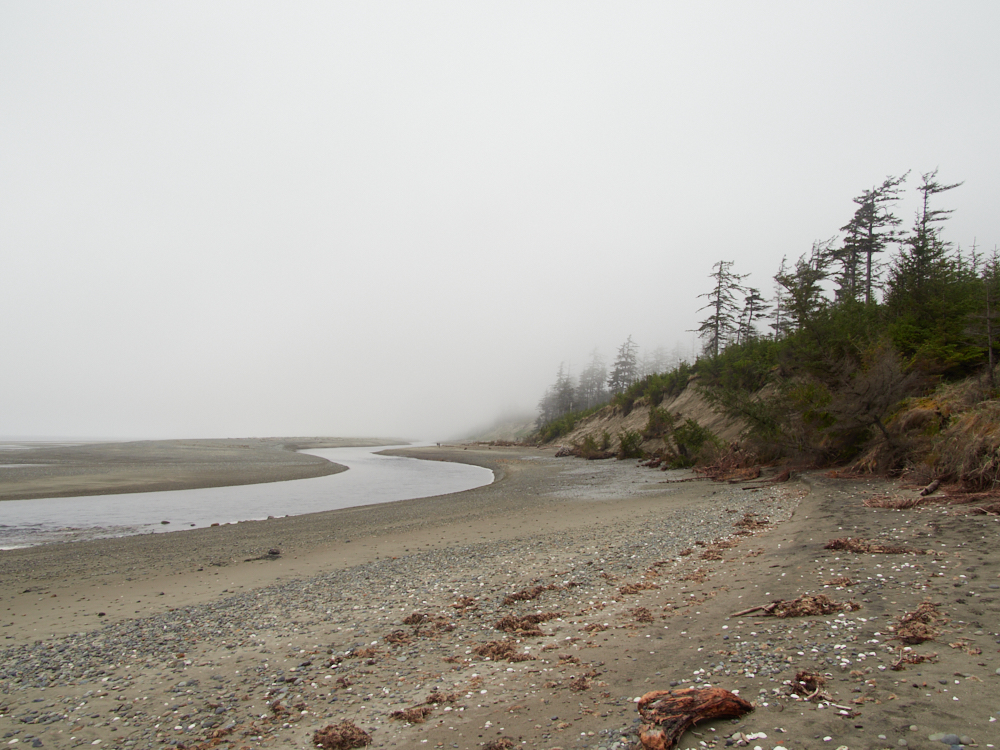
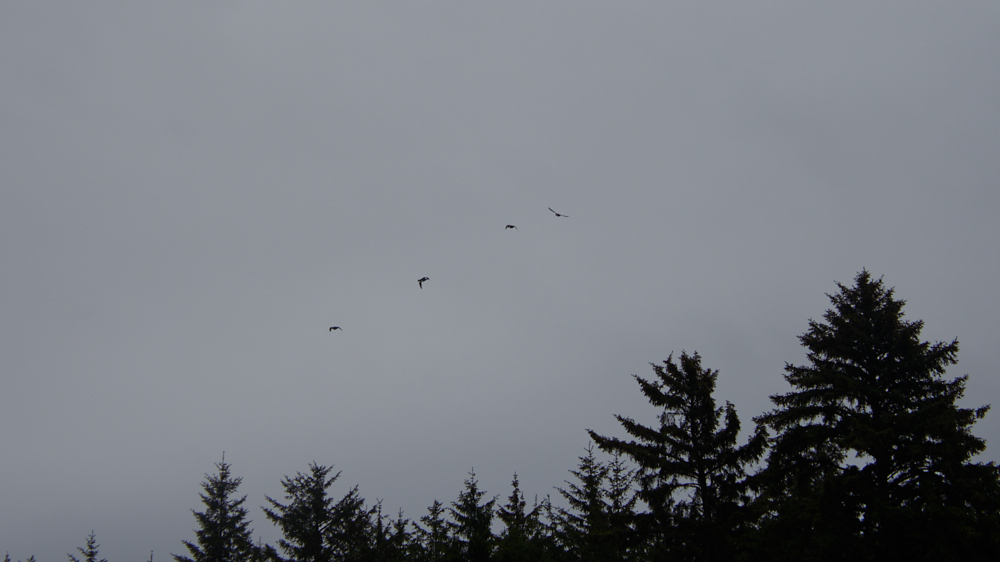
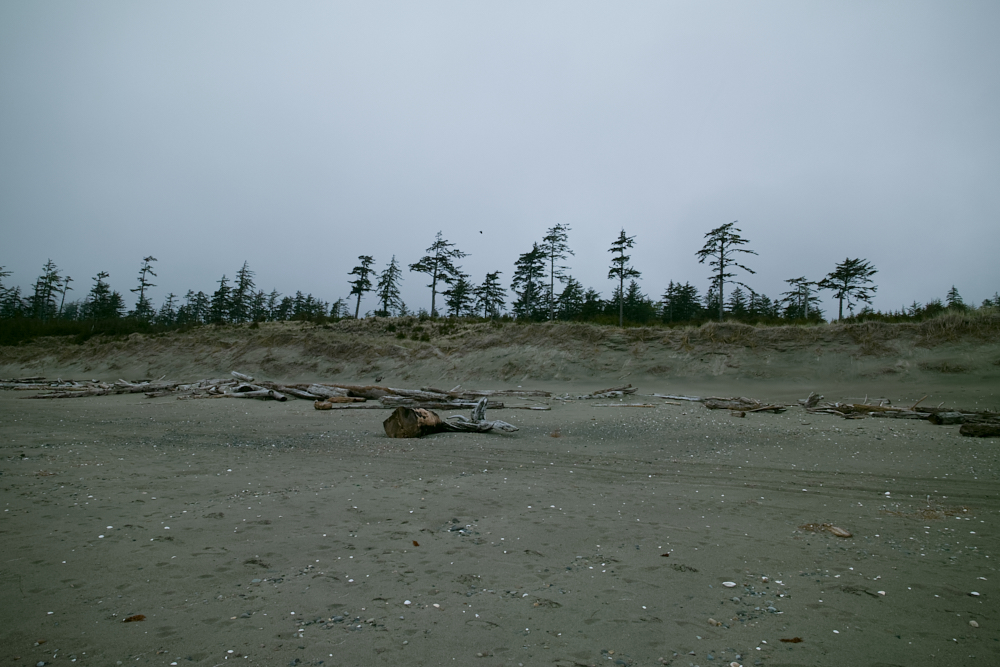
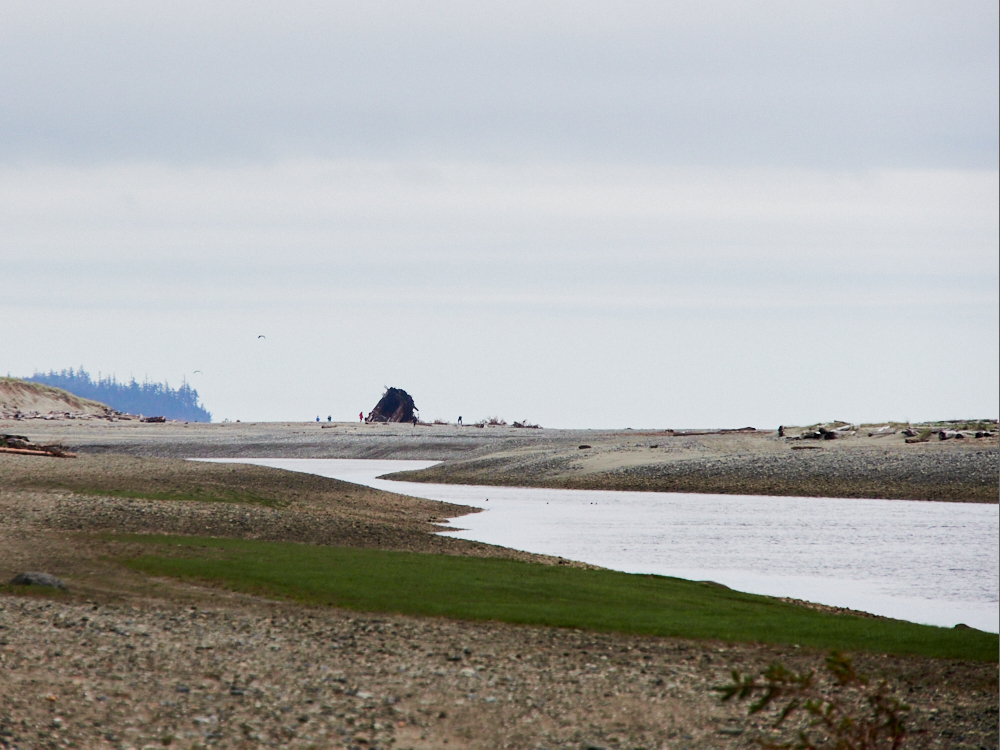
It didn’t take me long to notice just how many of the birds around me were bald eagles. Guud in Haida.
Like most visitors, to Haida Gwaii, I was enraptured by the sight of these birds, while the locals were used to it.
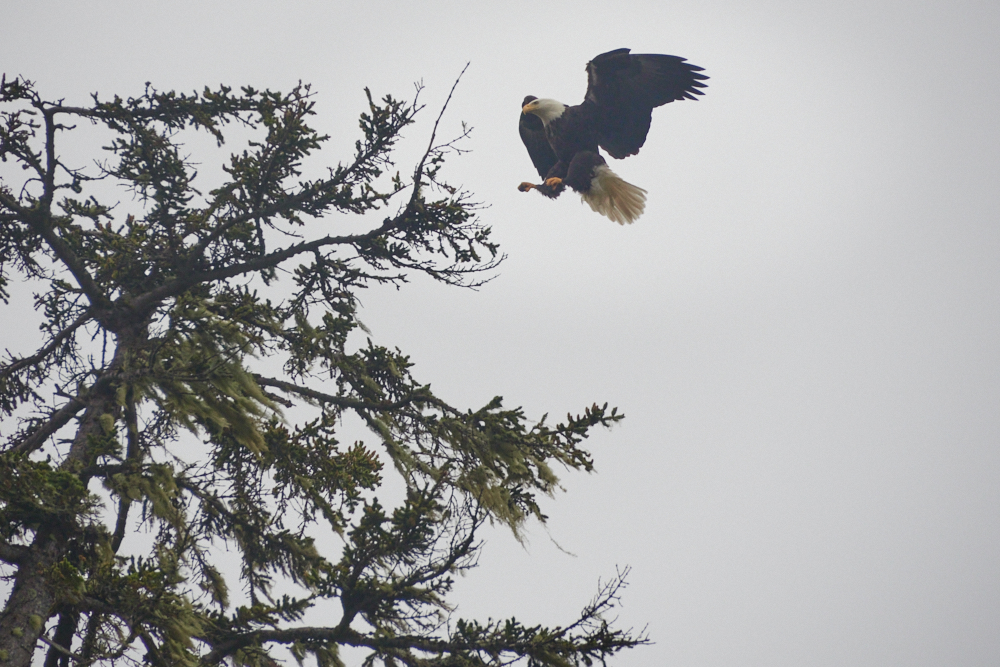
When I reached the shipwreck, I indeed was not awestruck. But that’s okay.
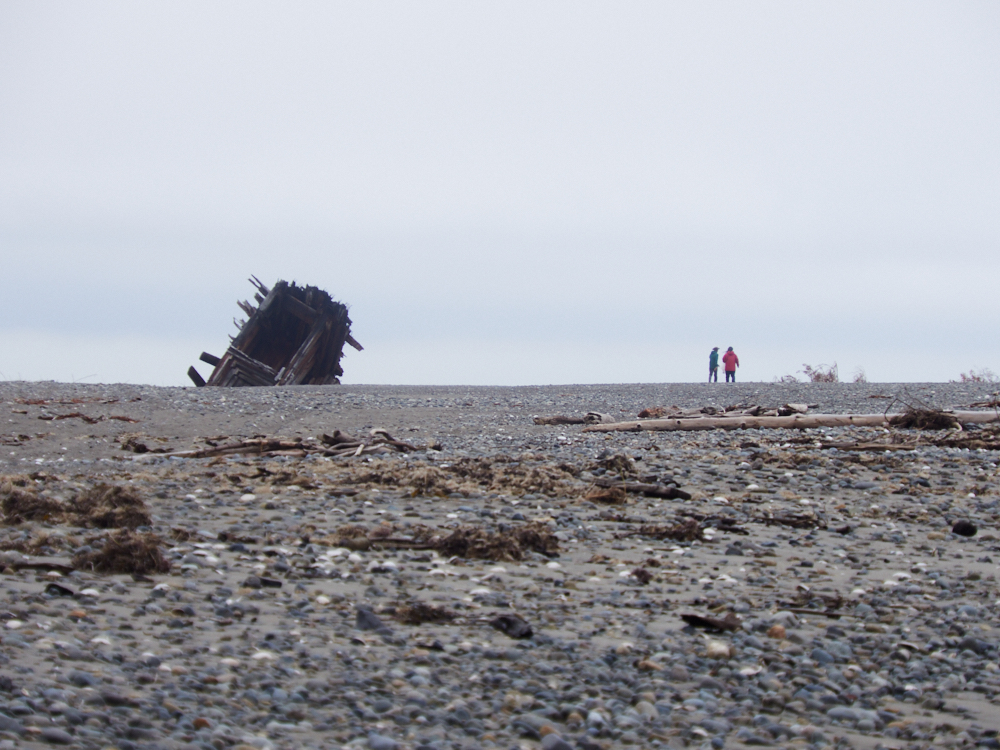
I hung out for a bit while a group of local school children threw rocks at the boat and climbed on it. Why not? it’s their wreck.
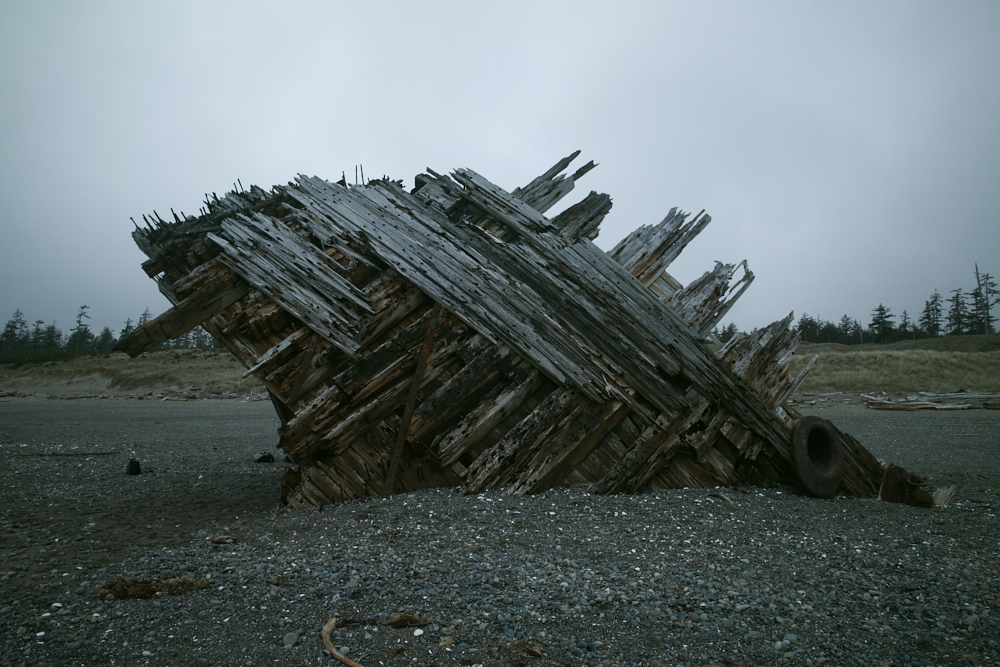
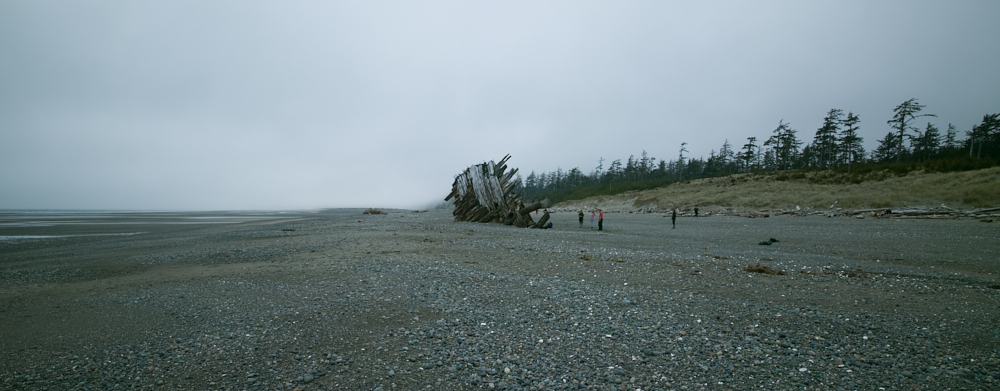
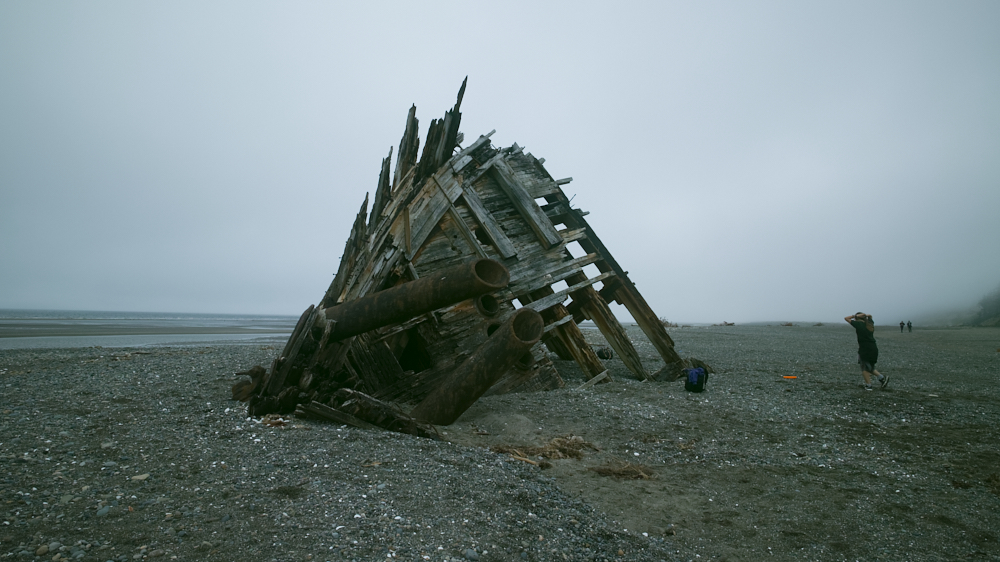
And then I turned around and headed back to the car.
And there I was, driving north still on the main road of Haida Gwaii, somehow still signposted as Trans-Canada Highway 16, the Yellowhead Highway. Seems a bit ludicrous for a highway to have an ~eight hour ferry and then continue on the other side, but what do I know?
A Stop in Port & A Taxidermied Raven
The next town after Tlell (the town by Misty Meadows) is Port Clements (Gamadiis Llnagaay), which is situated on Gaw Káahlii (Masset Inlet), which looks like a big lake, except that it’s directly connected to the ocean.
My first stop in Port was a food truck called Fork in Port.
Yes, I was hungry after that walking. I ordered a chicken wrap. The woman who worked there was just icing a bunch of freshly baked eclairs. I ordered one of those two, despite the fact that she warned that the icing needed time to set for it not to be too runny.
Dear reader, the icing was probably a bit runny. But, it was delicious. And so was the chicken wrap.
Everyone was friendly there, and I had a nice little conversation with a travel nurse. I told them where I planned to go. They told me how much they enjoyed the Tow Hill Loop, how they loved sitting by the blowhole.
My second stop in Port was the Port Clements Museum. It was open, and I figured with museums having limited hours and all, why not take advantage of the opportunity.
Here, I saw a lot of antiques from settlers to the area, and a lot of farming equipment. And here, recent history of Port is well described.
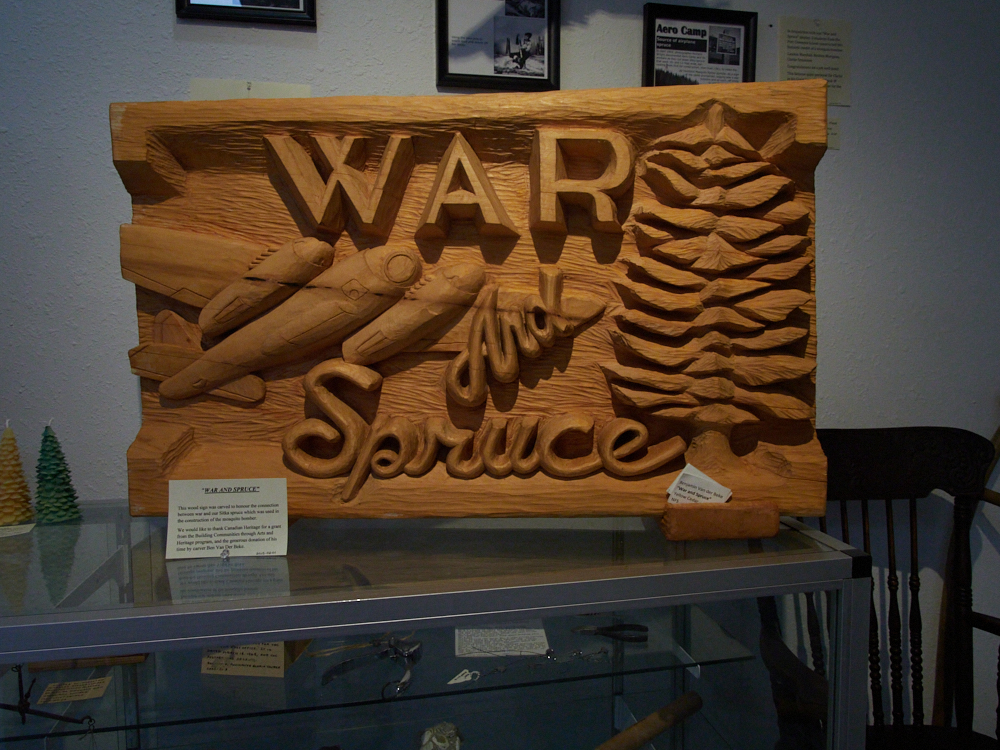
1997 was an eventful year, and not a happy one. A white, albino raven, beloved by town residents flew into an electrical transformer and perished. It lives on in the museum, albeit in taxidermied state.
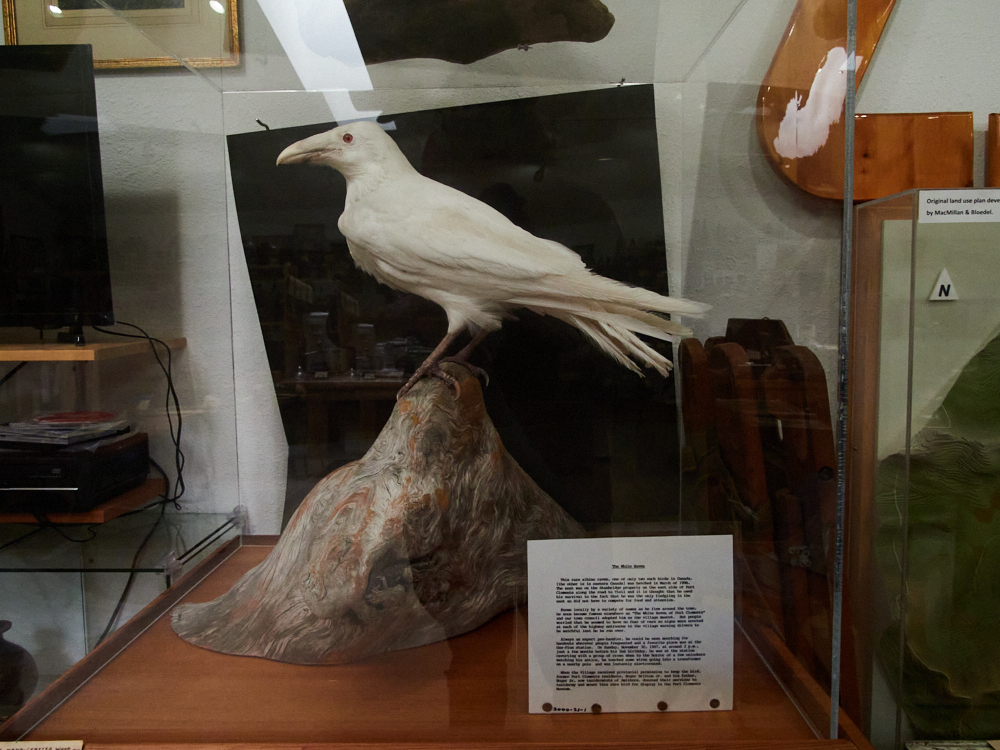
Also in 1997, Kiidk’yaas, known as the golden spruce tree, the only one of its kind, and sacred to the Haida people was maliciously killed. An unemployed engineer, Grant Hadwin had swum across the Yakoun River with chainsaws in a garbage bag, later sending a statement into newspapers.
Contemporaneous newspaper clippings, including Hadwin’s full statement are on display in the museum. My most charitable reading of Hadwin, is that he was tired of small portions of nature/forests being preserved and set aside like Disneyland, distracting people from the realities of clear-cutting, and the harms being done before their very eyes.
My less charitable reading of him is that he opens his statement by declaring that he hates freaks (like Kiidk’yaas), and that it’s completely insane and counterintuitive to fight for preservation of nature by destroying the very thing you want to preserve.
Today, cuttings from Kiidk’yaas are growing at a slow rate, near where the tree once stood. Hadwin never stood trial, either fleeing or drowning in the cold waters of the Hecate Strait.
The volunteer working at the museum was very nice. I expressed an interest in logging, or at least forestry, and she showed me a lot of really cool, high quality maps of where logging had taken place on the island.
It was pretty astounding, I said, how magnificent the some of the second-growth managed to be. She told me that the Sierra Club erroneously mistook Windy Bay for pristine, old growth forest, when it had been logged.
They showed things like a correlation between logging activity, and a declining salmon population.
Clear-cutting leads to erosion, which leads to blocked streams, which leads to fewer fish. Everything is connected.
And the question of what people eat is also connected to logging. It’s what her husband did, and it’s one of the few ways to earn a good income, along with tourism.
And, as a finished leaving the museum, I couldn’t help but overhear half of a ridiculous, and telling conversation.
You see, as I mentioned earlier, the main road on Haida Gwaii is signed as TransCanada 16, the Yellowhead Highway. An announcement was made somewhere, that the government was installing rapid chargers for electric cars at set intervals all along the highway.
A tourist had assumed that this included Haida Gwaii, and taken their Tesla or whatever on the eight hour ferry, and it’s batteries were low.
Somewhere, some island resident had let this tourist park in his driveway and charge his car using an ordinary power outlet, which, of course would take a very long time to charge.
There was much discussion about the need to make sure that the article is updated for clarification, and so that visitors don’t bring electric cars over and find themselves unable to go anywhere…
In writing this up and doing rudimentary fact-checking, I can confirm that electric chargers are planned for Haida Gwaii as part of the Charge North project.
Under the “Project History” heading on their page, a prospective tourist could read:
Once Level 2 station funding is confirmed, the installation will to roll out over the next 2+ years. During the first phase of Level 2 station deployment, anticipated to start in 2020, Charge North will support 25 local governments and First Nations to install 55 Level 2 stations, some in each of the six regional districts.
Sounds promising, right? Let’s see what is written under “Project Updates”:
In 2022, Foreseeson was selected as the qualified contractor to lead the design, supply and installation of the EV Charging Network. In summer 2022, Foreseeson will be completing site visits to finalize site designs. Installation of the EV Network is anticipated to begin in late summer 2022.
Don’t get me wrong, I’m all for electric chargers, and I’m all for waiting for them if need be, but doing a few Google searches, I can easily understand that tourist’s confusion!
My third stop in Port was the Rainbow Pier, because I wanted to admire that beautiful inlet. And, I also figured if I brought my heavy duty camera lens along, I could snag some better pictures of Guud than I had earlier that morning.
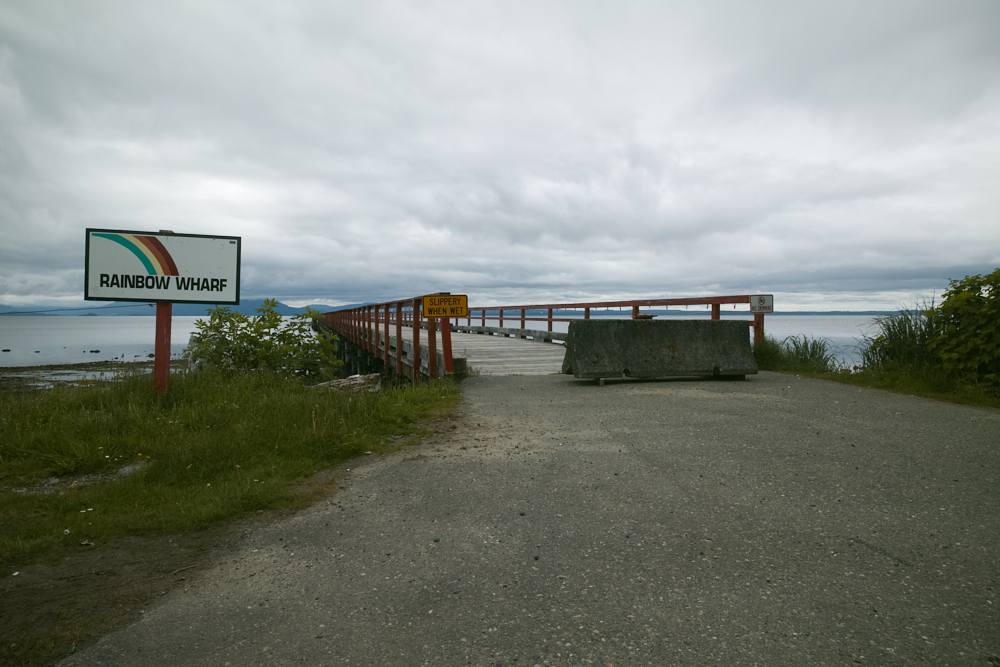
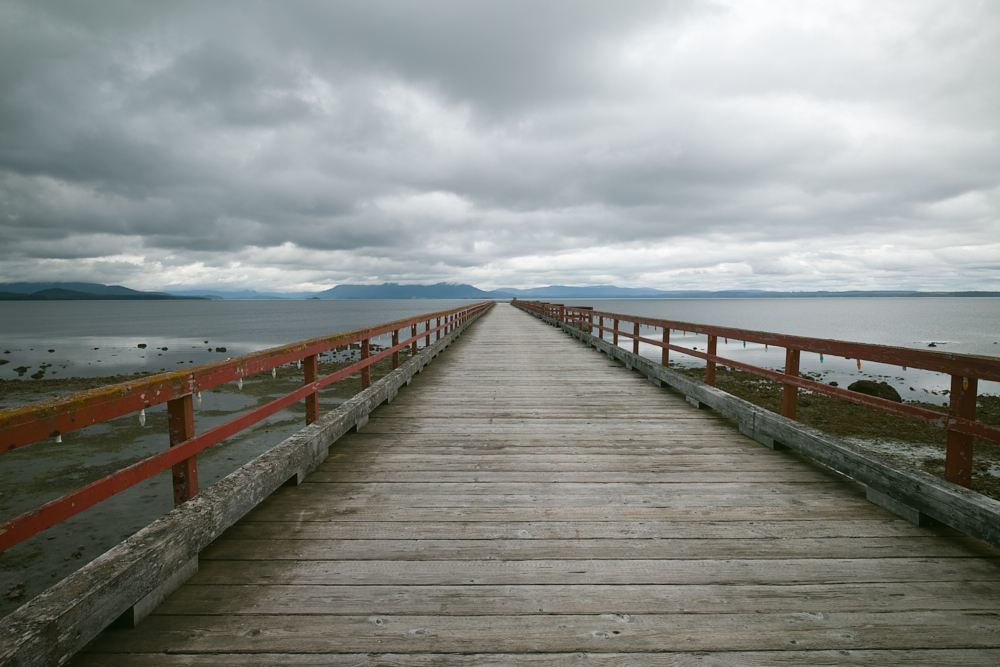
The inlet is dreamy. 😍
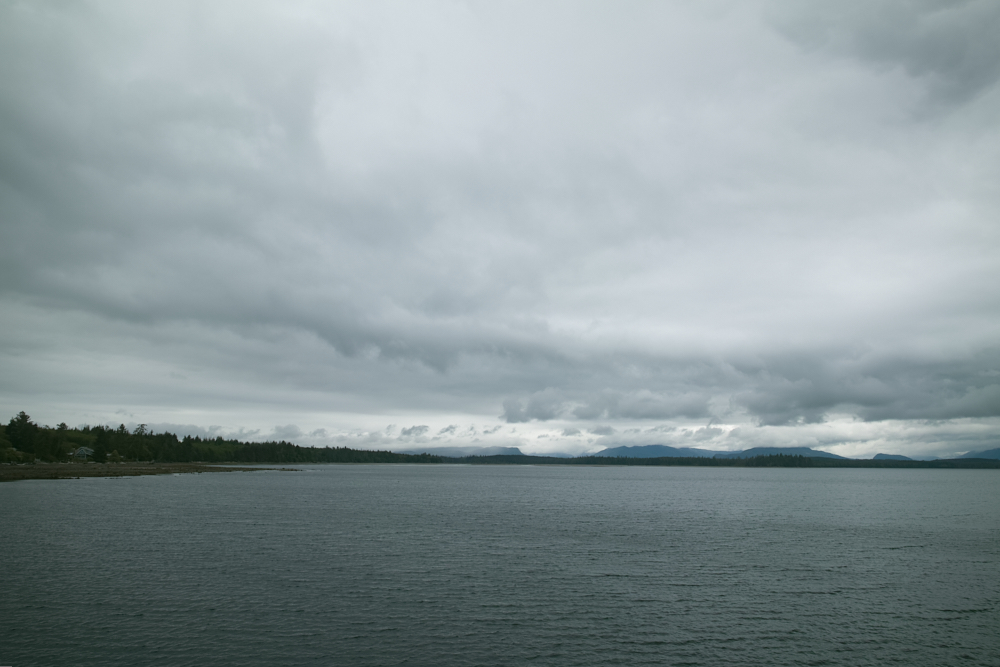
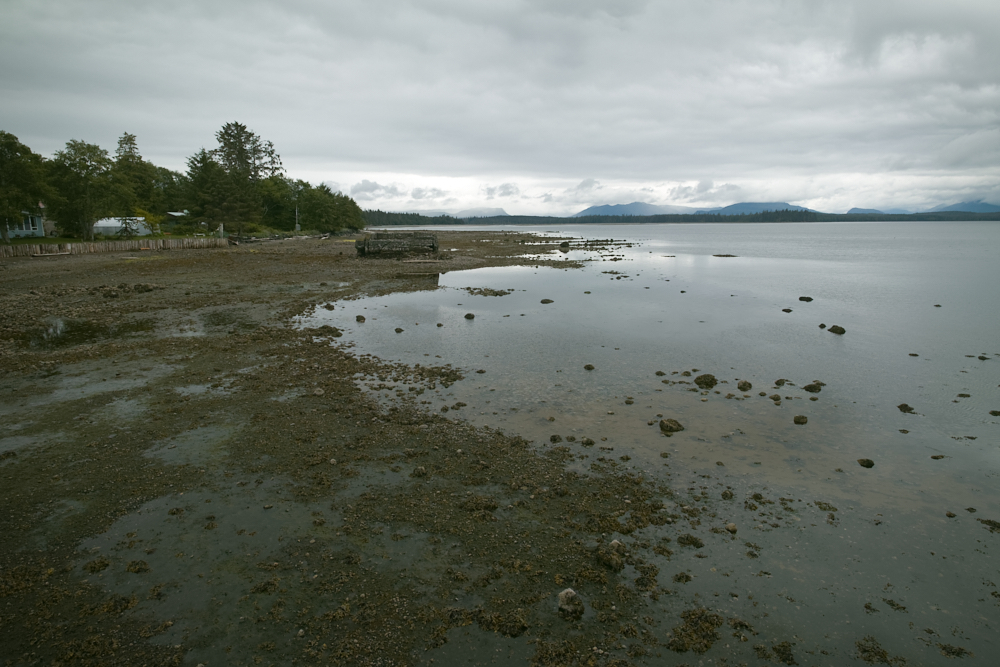
And the pier turned out to be a pretty decent spot for seagulls as well as Guud.
I kid, but I think I have my favorite gull pic from here.
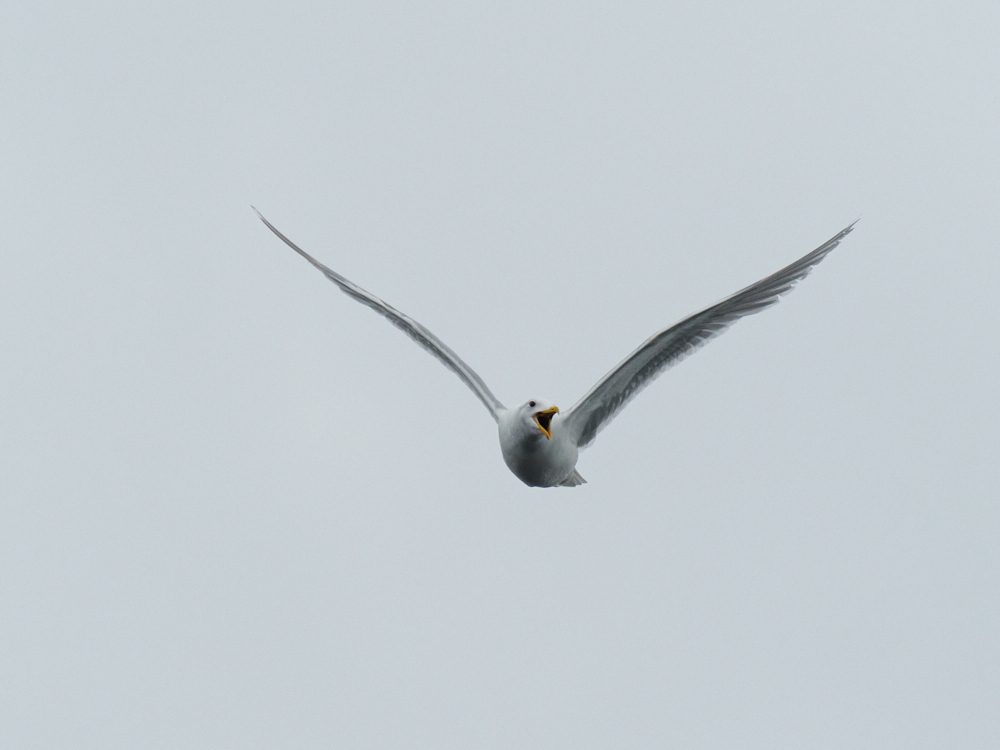
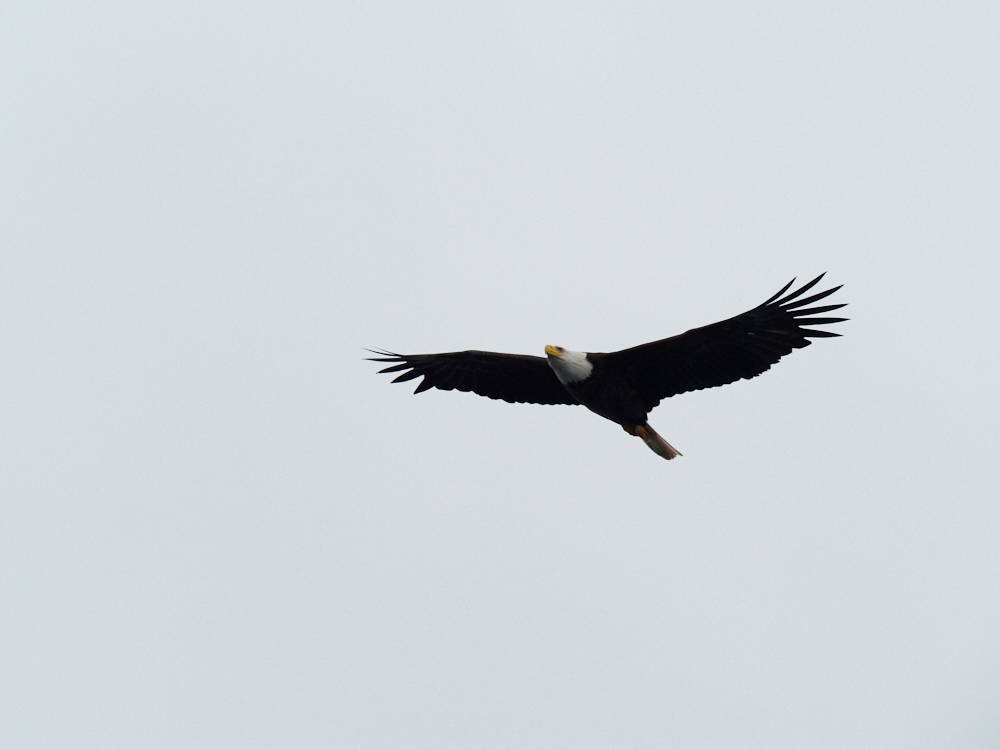
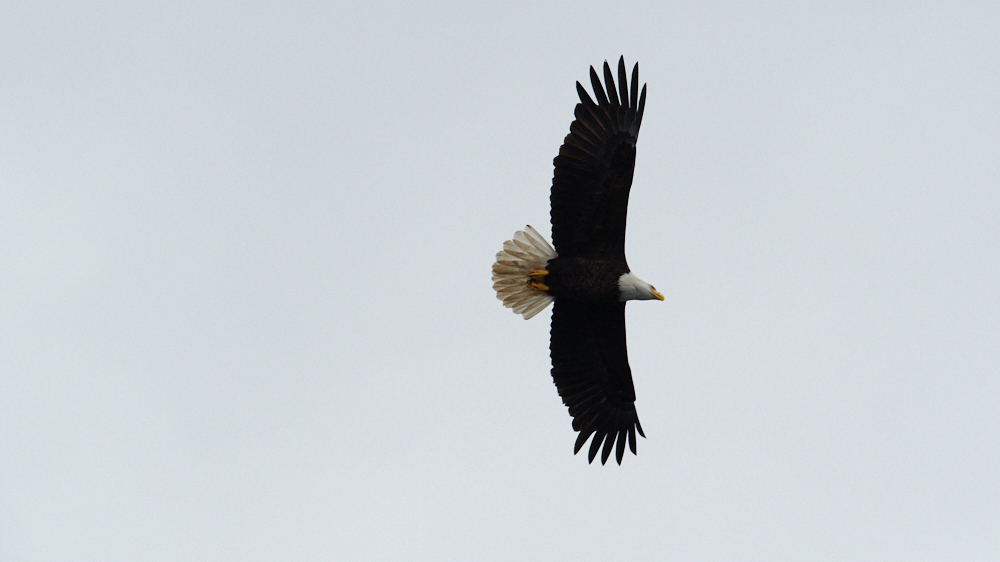
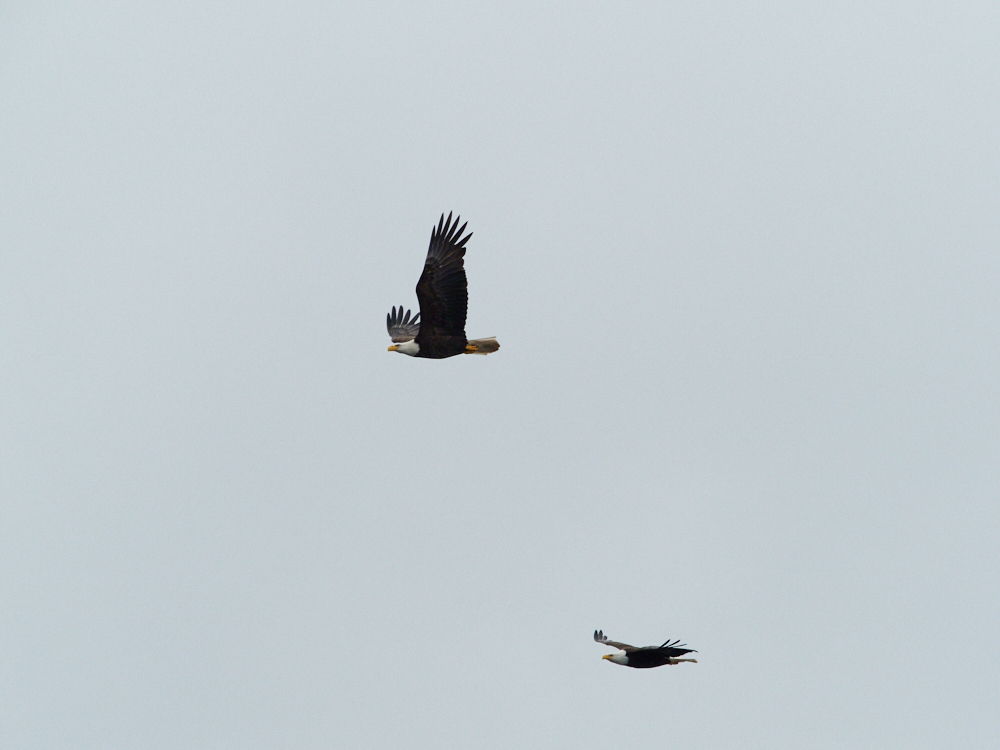
I left the pier, and left Port Clements behind me.
Days are long in the summer in Haida Gwaii.
If the road I was on was truly the Yellowhead Highway, then I was about to drive to its end.
This post was part of a series:
Thanks for reading!
If you enjoyed this post, you might enjoy these 5 similar posts:
- 2023-01-17 —Tow Hill Loop
- 2023-01-23 —Called to the Sunset
- 2022-10-18 —Anticipation
- 2023-01-19 —In the Beginning...
- 2022-09-17 —The Road to Robson
